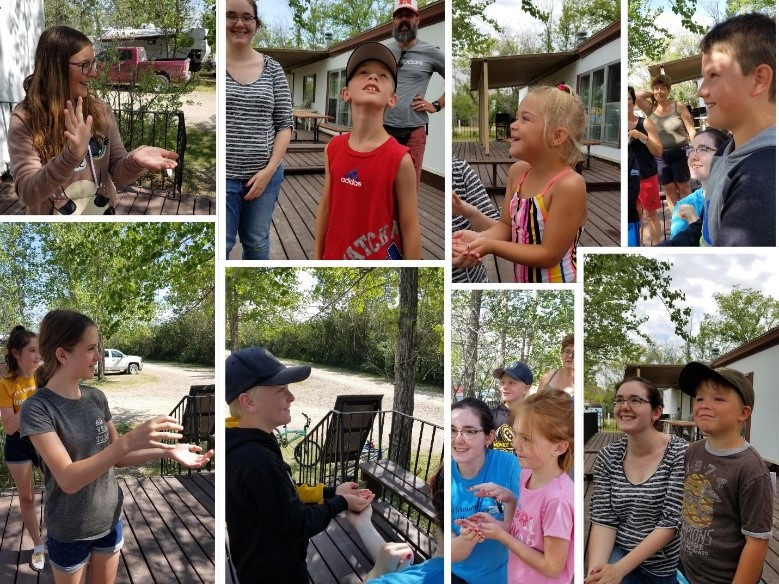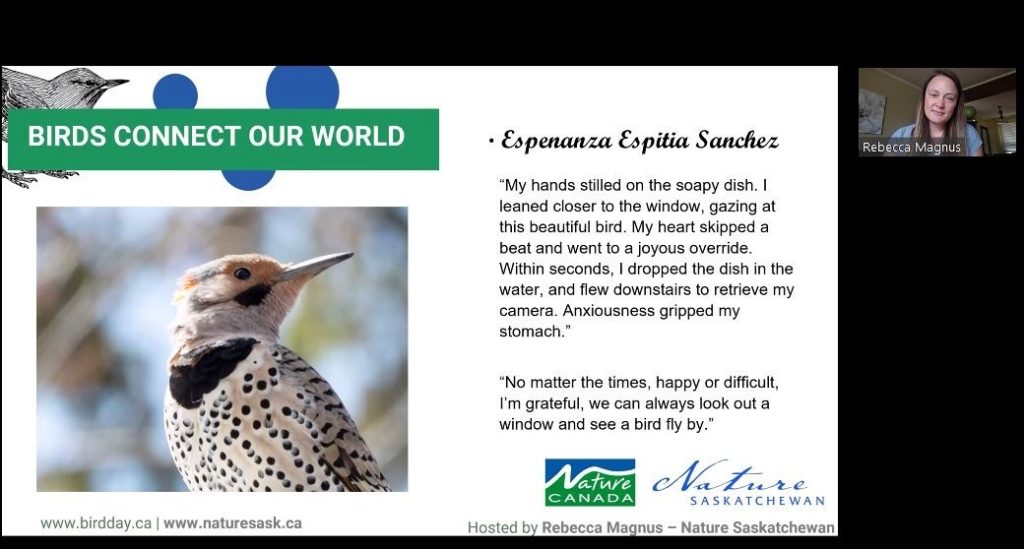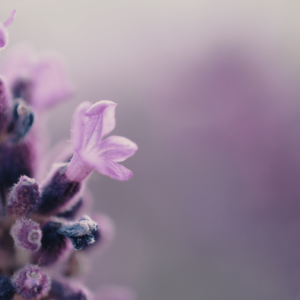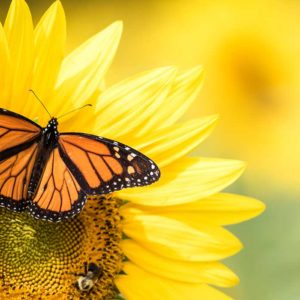NatureHood Partner Profile: Nature Saskatchewan
This is a part of an ongoing Nature Canada series, profiling our NatureHood program partners. This time around, we’ve invited Nature Saskatchewan to shed light on the work they do with school and community groups in Regina and surrounding communities in southern Saskatchewan.
Nature Saskatchewan’s programming usually happens hands-on in nearby green spaces such as Wascana Lake Migratory Bird Sanctuary, Last Mountain Lake National Wildlife Area, and the Last Mountain Bird Observatory in Last Mountain Regional Park.
But due to social distancing in our current reality, we’ve adapted our programs and brought them into families’ homes. We are engaging teachers and the general public using webinars, YouTube videos, and social media posts—taking advantage of all the online tools available to help folks continue connecting with the green spaces in their own NatureHoods.

That even includes a virtual tour of the Last Mountain Bird Observatory where viewers can learn about the bird banding process. We’ve also been talking to families about bird migration and introducing them to different species of grassland, boreal, shorebirds, and waterbirds. Families also learn how they can contribute to protect breeding and foraging habitat for birds and wildlife near their home.

We’ve also taken some of our activities and games online, including Nature Bingo and family treasure hunts, where everyone can make nature-related observations.
Kids can give this one a go!
Saskatchewan’s Distinctive NatureHood
The NatureHood around Regina hosts many diverse habitats within a small space. It’s amazing to see grassland, woodland, shore, and waterbirds all co-existing within a relatively tiny area. There are also the nesting Prairie birds that live in the shelterbelts surrounded by hayfields, perennial grasses, and native Prairie. When we’re lucky, visitors even get to see the American white pelican and cormorant colonies, and can listen to the sound of killdeer along the shore. On the best days, purple martins fly overhead, swarming the bird houses nearby.

Once visitors spot these species they’re given a nature journal challenge where they go to their own space and write or draw their experience. While these journals are personal, many students share their thoughts and images afterwards during our snack time and reflection period. It is always amazing to hear the most common comment: the kids wanted more time to write or draw!
Our hope is that parents can continue encouraging a connection to nature at home. The best way to do this is for parents themselves to be present and enthusiastic about the natural world—enthusiasm and joy is contagious! During this pandemic it has been heartwarming to hear about families appreciating that they’ve had this time to explore and learn about their NatureHoods.
Our thanks to Rebecca and Nature Saskatchewan for sharing. You can follow and subscribe to Nature Saskatchewan on Facebook, Instagram, Twitter, and YouTube.



